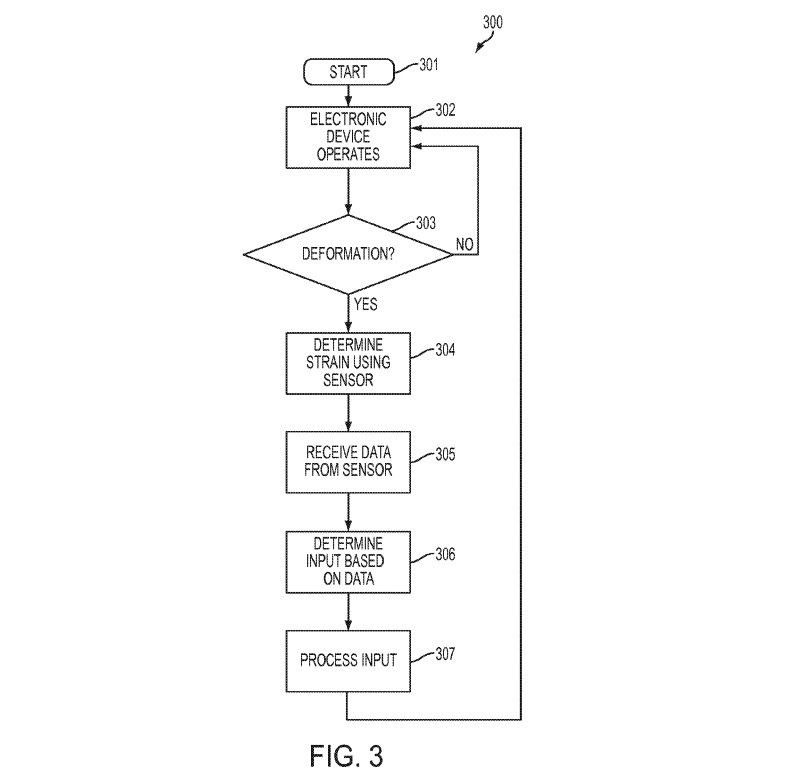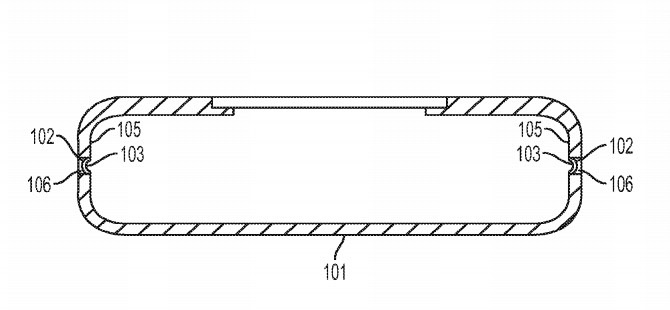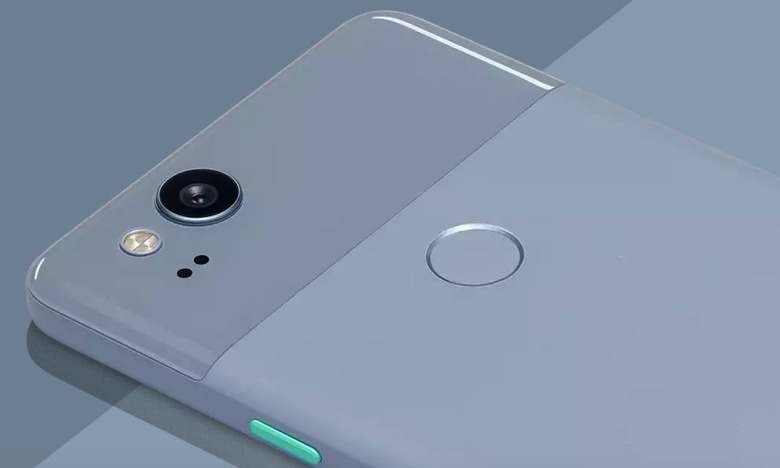Apple Might Steal HTC's Signature Squeeze Control For The iPhone, But It Will Actually Be Good
HTC called it Edge Sense when the U11 came out last year, and then Google borrowed the function for the Pixel 2 phones, changing its name to Active Edge. As the name suggests, the edge lets you squeeze the frame to trigger a response, but it's more of a gimmicky feature on the Pixel given that there's not much you can do with it aside from calling for the Google Assistant or mute the phone. But Apple is working on a similar feature that might be actually useful.
Yes, the iPhone might copy the Pixel for a change, but don't be fooled, this isn't anything like Google's way of copying the iPhone.
First discovered Digital Trends, US patent application no. 20180164166 is titled Mobile Electronic Device with Squeeze Detection, which perfectly explains what this Apple innovation is all about.

The patent was published on Thursday by the USPTO, but it happens to be a continuation of Apple patents from 2016 and 2013, both called Force Sensing Compliant Enclosure — like I said, don't be fooled, this isn't Apple stealing HTC or Google's edges.
And while the Apple "Edge" may very well call upon Siri in an actual implementation, it'll also be a lot more exciting than Google's. If you know Apple, then you know the company's ultimate iPhone design is a device that's all-screen, without any physical buttons on it. Other Apple patents also detail inventions like wraparound displays with screens that would extend around the edges. And Apple is also working on foldable smartphones of its own.
This patent seems to be laying the groundwork for this all-screen iPhone of the future, as it'll help Apple remove physical buttons and improve the overall design.

The patent describes technology that would allow Apple to include sensors (103) in the edges of the phone, which would detect, much like 3D Touch, the force with which you're pressing against the handset's external walls. And the iPhone may trigger different actions based on the location of the sensors:
The electronic device may include one or more processing units that receive and interpret data regarding the strain sensed by the sensor to determine one or more user inputs that correspond to the force applied to the deformable housing wall. In some cases the processing unit may analyze the data to determine an amount of the applied force and/or a location on the force compliant enclosure and/or electronic device where the force was applied. In various cases, the processing unit may determine the location where the force was applied and compare the determined location to a previously determined location where a previous force was applied to determine a movement between the two locations.
But wait, it gets even better than the Pixel. Say you've got an iPhone with a wraparound display, or an iPhone with a foldable screen. Its edges may contain such sensors. That's because Apple's tech could work with both housings made of metal, but also walls made of hard plastic:
Further, the deformable housing wall may be composed of a first material at portions other than strain concentration portion and a second material at the strain concentration portion. In some cases, such a first portion may be less deformable than the second material, such as where the first portion is a rigid material such as metal or hard plastic and the second portion is a soft material such as an elastomer or other material that is softer than the first material, in order to further maximize the strain at the strain concentrating portion. Alternatively, the second material may be more rigid than the first material in order to strengthen thinner strain concentrating portions and/or prevent stress fatigue.
That last sentence is also interesting from a different point of view. Remember Apple's #Bendgate issue? Back then, we learned that the iPhone 6 Plus is more likely to bend right near the volume rockers. Button cut-outs in the aluminum frame were partly to blame.
And Apple may deploy these sensors in wall sections where you'd expect physical buttons — yes, Apple uses the word notch, but it means something entirely different.
In some implementations, the force sensing compliant enclosure may include multiple strain concentrating portions that may form pockets or notches in one or more deformable housing walls of the force sensing compliant enclosure that may each include one or more sensors. However, in other implementations the strain concentrating portion may comprise a groove that runs along an inner surface of one or more deformable housing walls, such as across an internal perimeter of the force sensing compliant enclosure.
A notable side-effect of a button-less design, not mentioned in the patent, would be the improvement of the iPhone's ability to prevent water damage.
Like any Apple invention found on USPTO, there's no telling when we'll see it in commercial products, whether it's the iPhone or other Apple products. if however, the iPhone will get an active edge of its own, expect others to copy it, Google included.
